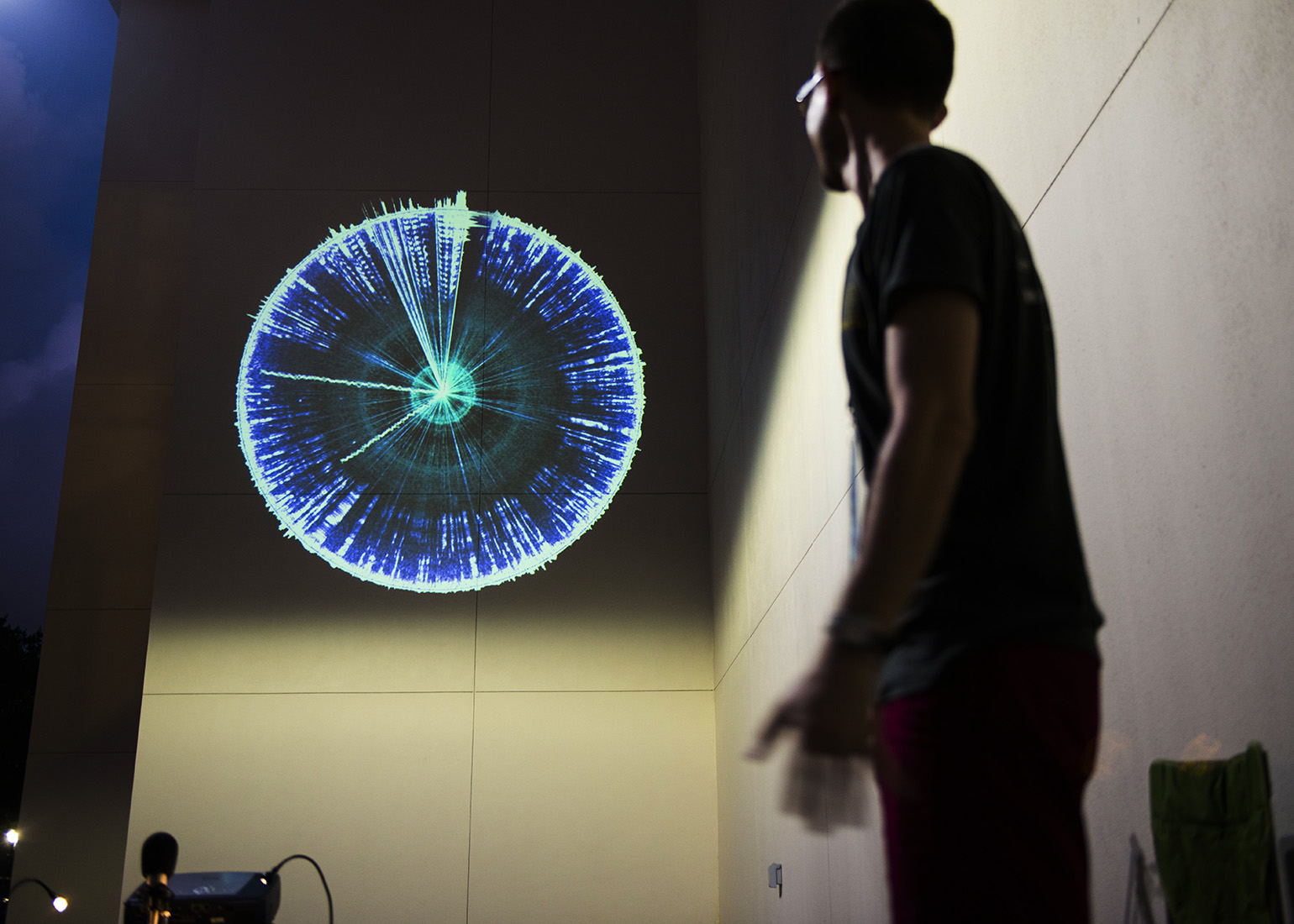Week 2: Math + Art
After completing this week's module, I have definitely grown a better appreciation for mathematics as well as a new found understanding of the intersections math and art share. I think it's important to reference a really good point made by professor Vesna, “a lot of people who are in the arts say they hate mathematics,but they're actually using computers”. Even though that can sound super simple and unimportant I think Professor Vesna is saying a lot, Math is incorporated in so much of what we do today we forget to realize it, especially in things we usually relate to being so far from mathematics like art, “You're using mathematics whether you like it or not”.
A particular piece that stood out to me was the concept of de-geniusing created by Richard Buckminster Fuller. Buckmister Fuller believed that everyone was born with a genius inside of them, that once we entered the education system, that system works to de genius/reduce our perspective, losing our curiosity and unique spirit. This was something I relate to deeply because it feels like most primary schools do this to children today. Constantly pushing a very closed idea of choosing one subject to be good at, and only one, usually STEM or arts.
I think a well done example of this intersection was beautifully displayed by artist Nathan Selikoff. Selikoff, a software engineer and visual artist, creates multiple forms of art. In his Audiograph installation, Selikoff used Computers, projectors,and microphones to create a projected clock-like visualization by utilizing the auditory environment, translating sound into light. I think Selifkoff does a great job of breaking barriers and stereotypes, proving that engineers as well as people in STEM can also be talented artists, using their specialized background to create something unique. Another artist that stuck out to me was the work of John Maeda. Maeda uses technology through computer design to create interactive art. I think his work is truly inspiring because he uses computer programming as a design tool for pieces, his digital art is a great example of combining geniuses.
Lastly, what I found most impactful in this module was the writings of Edwin A. Abbott, in his book Flatlands. Abbot inspires his readers to question social constructs through his complex yet intriguing ideas of mathematical references and multidimensional natures. All in all it was very hard to understand but does promote thinking out of the norm and what we understand.
“2023.” MAEDASTUDIO, 9 Apr. 2023, https://maedastudio.com/.
“Audiograph.” Nathan Selikoff, 3 Nov. 2015, https://www.nathanselikoff.com/works/audiograph.
“Flatland.” Flatland, by E. A. Abbott, 1884, http://www.ibiblio.org/eldritch/eaa/FL.HTM.
“Math Intro.” YouTube, 26 Mar. 2012, https://youtu.be/eHiL9iskUWM.
“Mathematics-PT1-ZeroPerspectiveGoldenMean.mov.” YouTube, 9 Apr. 2012, https://youtu.be/mMmq5B1LKDg.
Images
“Audiograph.” Nathan Selikoff, 3 Nov. 2015, https://www.nathanselikoff.com/works/audiograph.
Fallon, Sarah. “Hey Silicon Valley-Buckminster Fuller Has a Lot to Teach You.” Wired, Conde Nast, 29 Mar. 2016, https://www.wired.com/2016/03/buckminster-fuller-brilliant-crank-lot-teach-silicon-valley/.
“John Maeda: Moma.” The Museum of Modern Art, https://www.moma.org/artists/30299.






Comments
Post a Comment